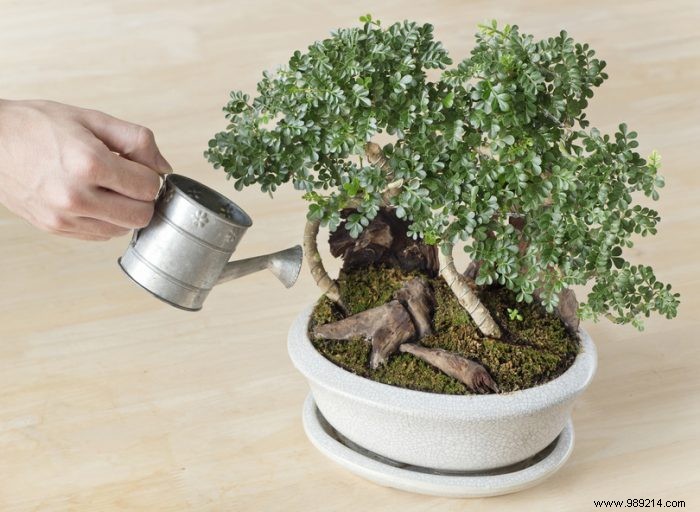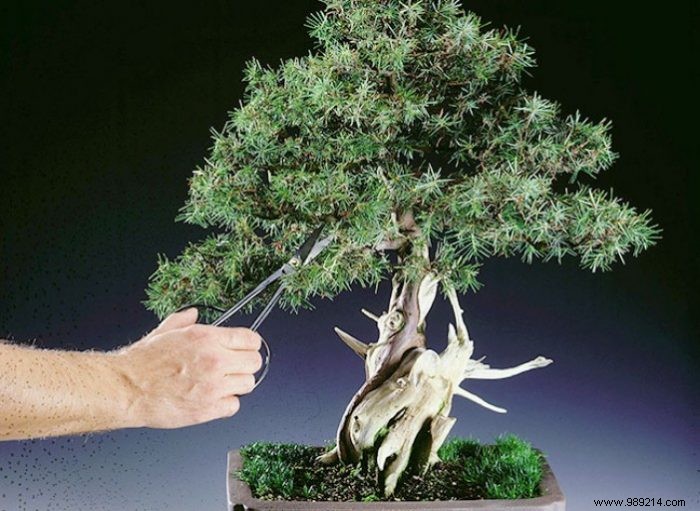
Bonsai is a plant in its own right. It can live both outside and inside the house depending on the climate, but only if you choose the right species. The Chinese elm is a concrete example. It is the best-selling species in the world due to its hardiness. Here are some maintenance tips to help your bonsai live longer.

Watering bonsai trees
Do you often wonder how to water a bonsai? To do this, you will need a specific watering can, with very fine holes. Thanks to this tool, you will be able to ensure deep watering until the soil is completely soaked.
You should water bonsai twice:early in the morning or late in the afternoon. The first gesture serves to moisten and open the pores of the earth. Then wait a few minutes before performing the second watering. Make sure that the water comes out of the drainage holes, without the tray being completely filled with water. Be aware that when the bonsai is too wet, the roots may rot quite quickly. Otherwise, avoid using a sprayer to remove dust and moisten the plant, because the water will never reach the roots, but only the surface.

Sumo Fertilizer Test
Unlike conventional plant fertilizers, those dedicated to bonsai come in the form of liquids, the dosage of which is indicated on the bottles. You can still use solid fertilizer, but with slow release.
The ideal time to add fertilizer is during the growing season:spring and late summer. Never compost during hot weather and in winter. It's best to add it in small amounts and frequently. Don't wait for the tree to turn yellowish and weak to fertilize.

Bonsai pruning
Bonsai trees are considered mystical objects that result from the imagination of man. Indeed, to keep this miniature shape, it is necessary to have a special know-how. To carry out the pruning, it is better to call on a professional gardener.
The purpose of trimming is to direct the shape of the tree by removing defective and unnecessary branches. To prune the plant, the specialists use the correct tools. If ever the plant has wounds due to improper handling, apply a healing paste. Preferably, prune your bonsai when the plant is resting, i.e. at the end of winter.